Related Tags
Boss Katana Gen 3 review: still the king of the modellers?
The latest run of Boss’ pack-leading modelling amps aims to bring them up to 2024’s standards – it’s time to find out if it’s been successful

Boss Katana-100 Gen 3. Image: Adam Gasson
Review Overview
Our rating
8
Our verdict
⊕ New Pushed amp model is excellent
⊖ Bluetooth shouldn’t be an optional extra in 2024
⊖ No effects loop or GA-FC support for the base 50-watt model
With characteristically great sonic fidelity and power for the price, Boss’ latest Katana range still offers some of the best modelling amps out there – but there are a few odd choices when it comes to the transition from MkII to Generation 3.
From $299/£289 (model reviewed Katana-100 Gen 3 $399/£429), boss.info
Boss’ ubiquitous modelling amps have had another overhaul, although visually you wouldn’t know it – the range is still a variety pack of black boxes, albeit with a tiny tweak to the Katana badge on the front grille. Internally it’s apparently a different story – Boss claims that this is a big enough upgrade to warrant being “Generation 3” rather than “MkIII”, as you might expect to follow “MkII”.
The Katana is, of course, already a hit – I don’t need to tell you that they’re affordable, loud and versatile, and hence ubiquitous. They’re just as good starter guitar amps as they are live workhorses, and you’d be hard-pressed to walk into a jam night or rehearsal studio without tripping over at least one. The problem that Boss has now is, what needs to actually be changed? Can Generation 3 offer enough new stuff to make the upgrade worth it?

Feature creep
Something that hasn’t changed is the structure of the range. As before, there’s a 50-watt 1×12 combo, 1×12 and 2×12 100-watters, a 100-watt head and the more premium Katana Artist head and combo. Aside from the power increase, there are a few features exclusive to the 100-watt amps, like expanded foot control with the GA-FC and an effects loop – although the Gen 3 50-EX is on the way, which, like in MkII, brings GA-FC and GA-FC EX support (and an upgraded speaker and look) to the 50-watt combo. Today, I’m looking at the middle of the combo pack, the 100-watt 1×12 model.
We’ll get onto sounds in a moment, but first, some headscratchers as to what Boss has and hasn’t upgraded. I was half expecting the 50-watters to get an effects loop, but alas, that’s still locked to the 100-watters and up. And the continued existence of the 50-EX seems a bit strange – if it’s that dramatic of an upgrade, why not add comprehensive foot control and a line-out to every model?
There’s also the mildly non-committal inclusion of Bluetooth, allowing for control and preset-building from a smartphone if that’s your thing. But to access it, you unfortunately need a pricey ($59.99!) add-on dongle. It’s not particularly essential, but if you need to adjust the deeper aspects of presets without a laptop, it’s your only option. Again, like the effects loop on every model, integral Bluetooth should be a no-brainer for a whole-range upgrade in 2024.
There are a few other spec bumps, such as USB-C over USB type B, but the clear focus for the new models are instead the amps. The existing ones have been completely overhauled, and there’s the addition of the Pushed model, which lands between Clean and Crunch. None of the amplifier models name any particular inspiration, but Pushed can be thought of like an edge-of-breakup Vox in comparison to Clean’s high-headroom Fender. This addition brings the total number of preamp models to six: Acoustic, Clean, Pushed, Crunch, Lead, and Brown.
Like MkII, there’s a variation switch for an alternative voicing for each preamp. Unlike most of MkII, though, the 100-watt models now have a contour switch on the EQ section, which cycles through a variety of midrange characters. None of them are a huge change, but for getting just the right response from a guitar, pedal or room, they’re potentially handy.
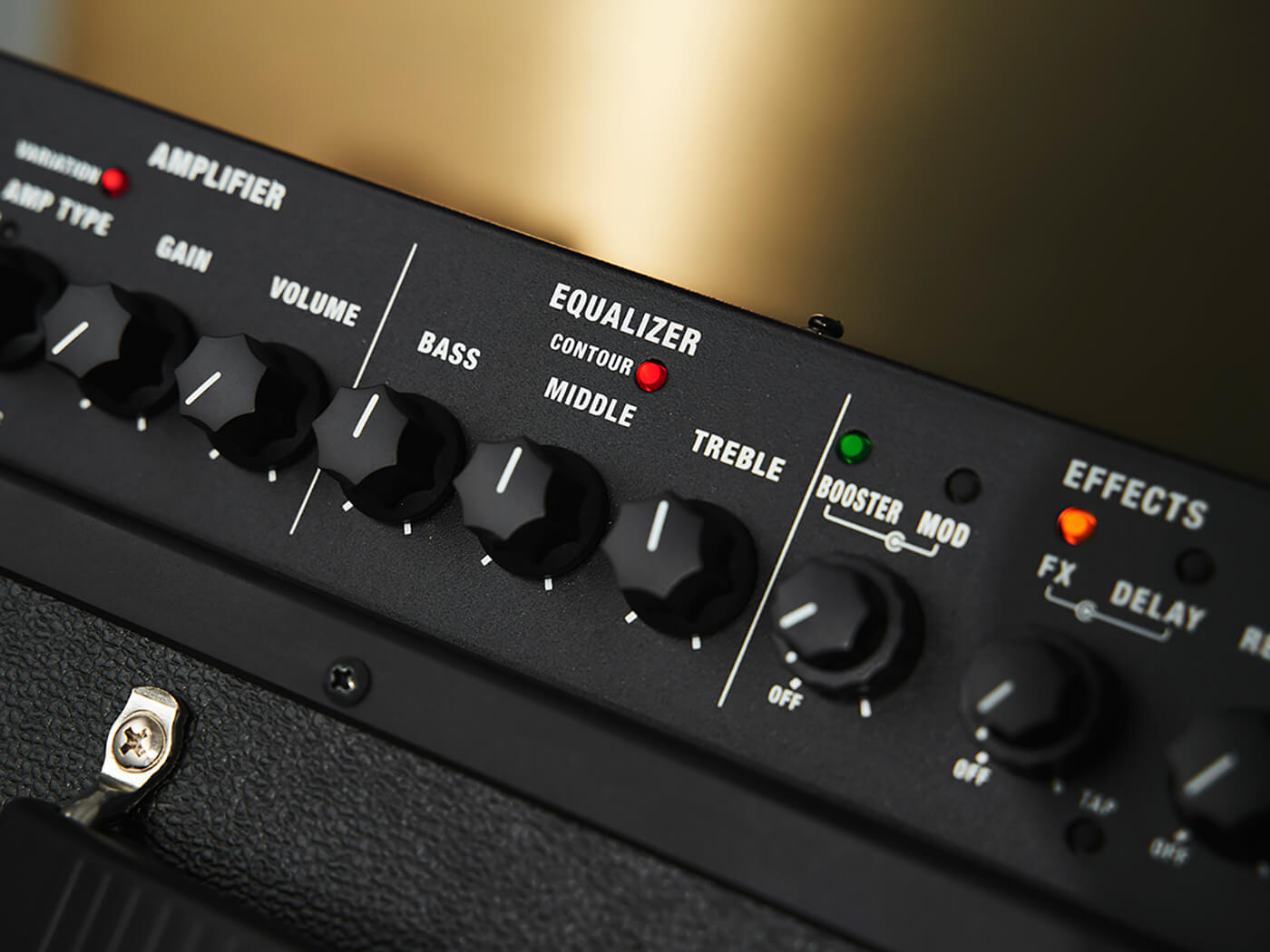
Sound and Vision
This brings me to a quick sidebar before we talk sounds – one that I also diverged onto while looking at the IR-2. The button for changing the EQ contour, like the buttons for changing the effect modes, is a single light-up push button that, when on, cycles between green, red and orange. For those with certain types of colourblindness, myself included, these three shades are nigh indistinguishable.
So, across my time with the amp I had to use the app to ensure I knew what effect I had selected. This is not the biggest deal, as the particular effects assigned to each colour can change depending on the patch, so in a way everyone is likely to be a bit confused. But it’s still an accessibility issue, one that could feasibly be solved with a minor design tweak – a different colour selection for the three slots, separate LEDs or even a small display, if Boss wanted to be very ‘2024’ about things.
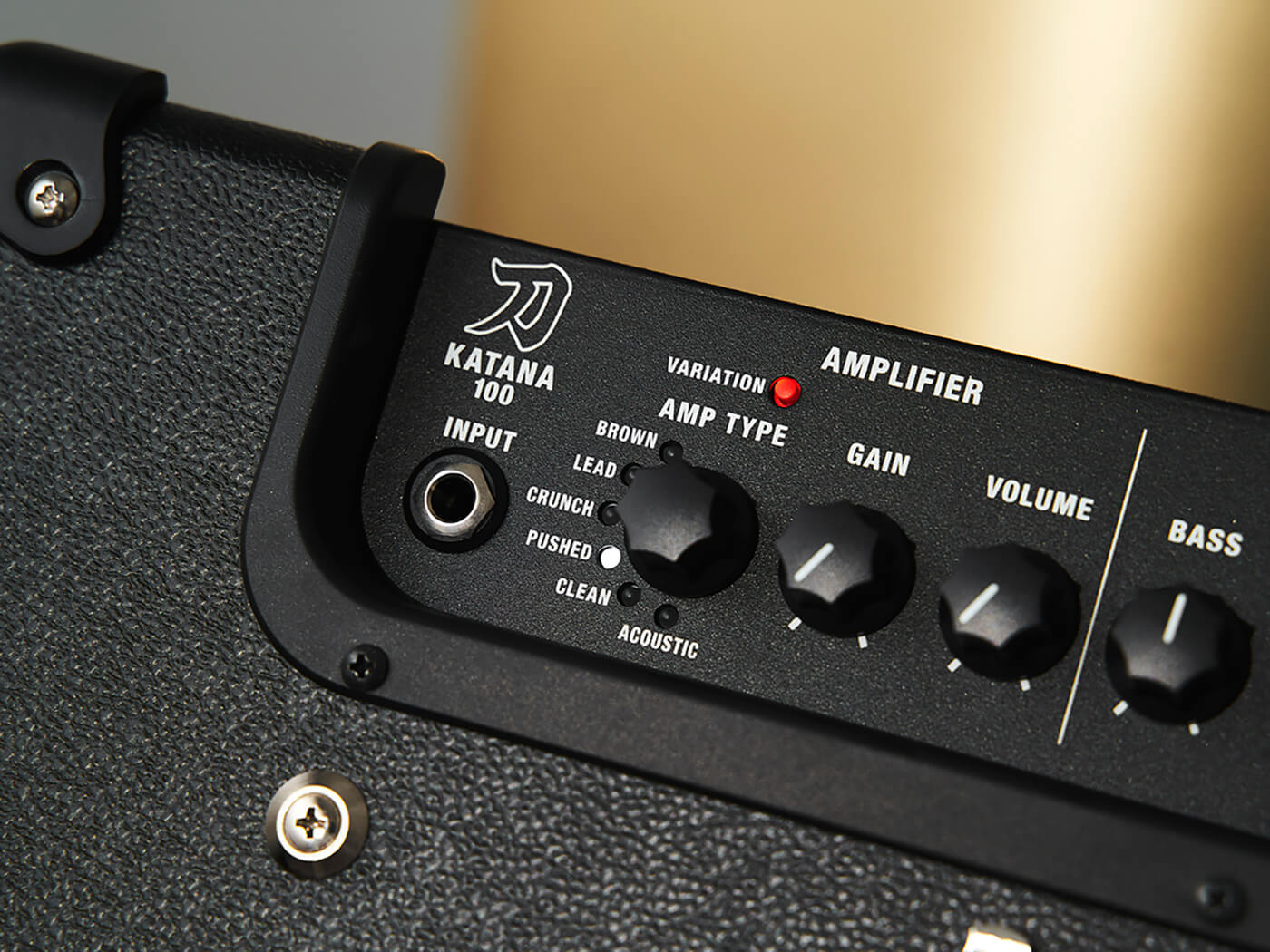
Does the Katana Gen 3 sound good?
It’ll probably be no surprise when I say that sonically, the Katana’s still got it. These are responsive and dynamic tones, that feel and sound as good as the best modelled amps out there. The Clean voice is still where you can go for a do-it-all platform – it can get very clean indeed, and provides a good platform for a real pedalboard. The new Pushed mode is a welcome addition, and responds incredibly well to real or virtual boosting, and, amazingly for a digital amp, takes real vintage-style fuzz pedals brilliantly. The ‘edge of breakup with a good dirt pedal’ thing, for many, is the pinnacle of a good guitar tone – for my money, Boss has nailed it here. If there’s one thing the upgrade to Gen 3 can hang its hat on, it’s this.
For a high-gain tone, the Lead channel is where I encounter the most enjoyable chugs – the Brown voicing is a little too compressed to my ears, but it does do smooth, infinite-sustain solo tones well. The alternate voicing switch is, like the EQ contour, mostly about fine-tuning a sound rather than offering something totally different. In general, the alternate amp models are all a fair bit brighter – so you could even think of it like a single-coil/humbucker compensation switch.
Compared to the sounds of the MkII, things are just a bit more open and dynamic – when I reviewed the 50 MKII EX, the amp models there were hard to distinguish from those on my own original Katana. But with Gen 3, there is a marked difference in both feel and sound – unsurprising, really, as we’ve had a decade of modelling amp innovation since the first Katanas were released.
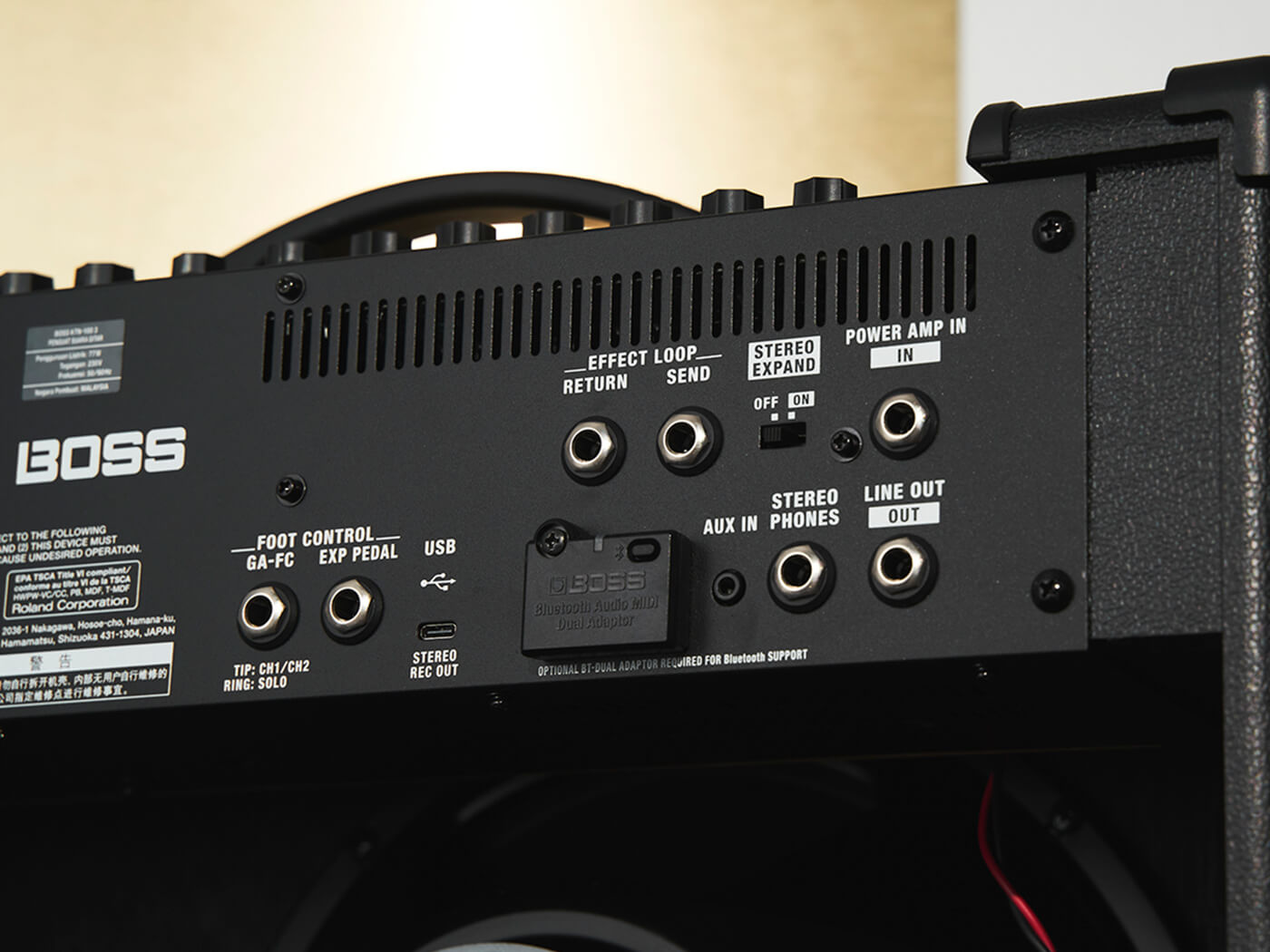
Is the Katana Gen 3 Tone Studio good?
If you’re willing to do a bit of deep editing on either a phone or PC, you can dial in all manner of virtual rigs, from compressed country tones to reverb– and delay-drenched ambience. Luckily, both the PC and mobile Tone Studio apps are easy to use and responsive – miraculously, the Bluetooth connection is stable, too. Frustratingly, however, there’s no option to connect a phone via USB-C, meaning that Bluetooth dongle is required for mobile control – an odd decision given USB-C cables now make up about 30% of the mass of the planet.
The Tone Studio app really opens the amp up – playing around on the front panel alone, you’ve got a fairly limited library of effects, and without the manual, your own notes and a full set of colour cones it can be pretty hard to remember what’s loaded where. Control over each effect is also limited to just the one knob. But with the desktop Tone Studio, you’ve got something much more akin to a full multi-effects pedal. The library of virtual pedals is surprisingly wide, and you can adjust the full signal chain and deeper settings of individual blocks. You don’t have complete control – you can’t move the reverb to be first in the chain, sadly, but you can experiment with the order of the modulations, drives and compressors.
While some of the effects are a little prosaic, others are worthy of praise – I personally loved the UniVibe emulation, and the spring reverb was nice and natural-sounding. For ambient, there’s a Slow Gear emulation for auto-swells – brilliant combined with lots of plate reverb and tape delay. For an even more abstract sound there are a good number of pitch-shifting effects, and even a wavetable synth plugin that follows your playing, although as ever your mileage may vary when it comes to tracking.
In general, the Katana format continues to strike a very good balance between the flexibility of a full multi-effects unit and the tactile nature of a ‘real’ amplifier – you can get down into the weeds of deep-editing if you want, but you absolutely don’t have to in order to get some great sounds out of the thing. This is smart, really, given that the more affordable amps in the Katana range are so frequently recommended to beginners – if you are just starting out, you don’t really need to be screwing around with 0.1% increments on a virtual flanger’s feedback control.
None of this is a groundbreaking shift from MkII. But it’s very easy to build, save and recall intricate presets, and having better amplifier models working at the centre of a patch certainly helps things just feel right. The Bluetooth app offered basically the same experience as the desktop one, albeit a little lighter on the aesthetics – no pictures of actual pedals here, just abstract blocks – and of course, it’s a little fiddlier doing everything on a touchscreen.
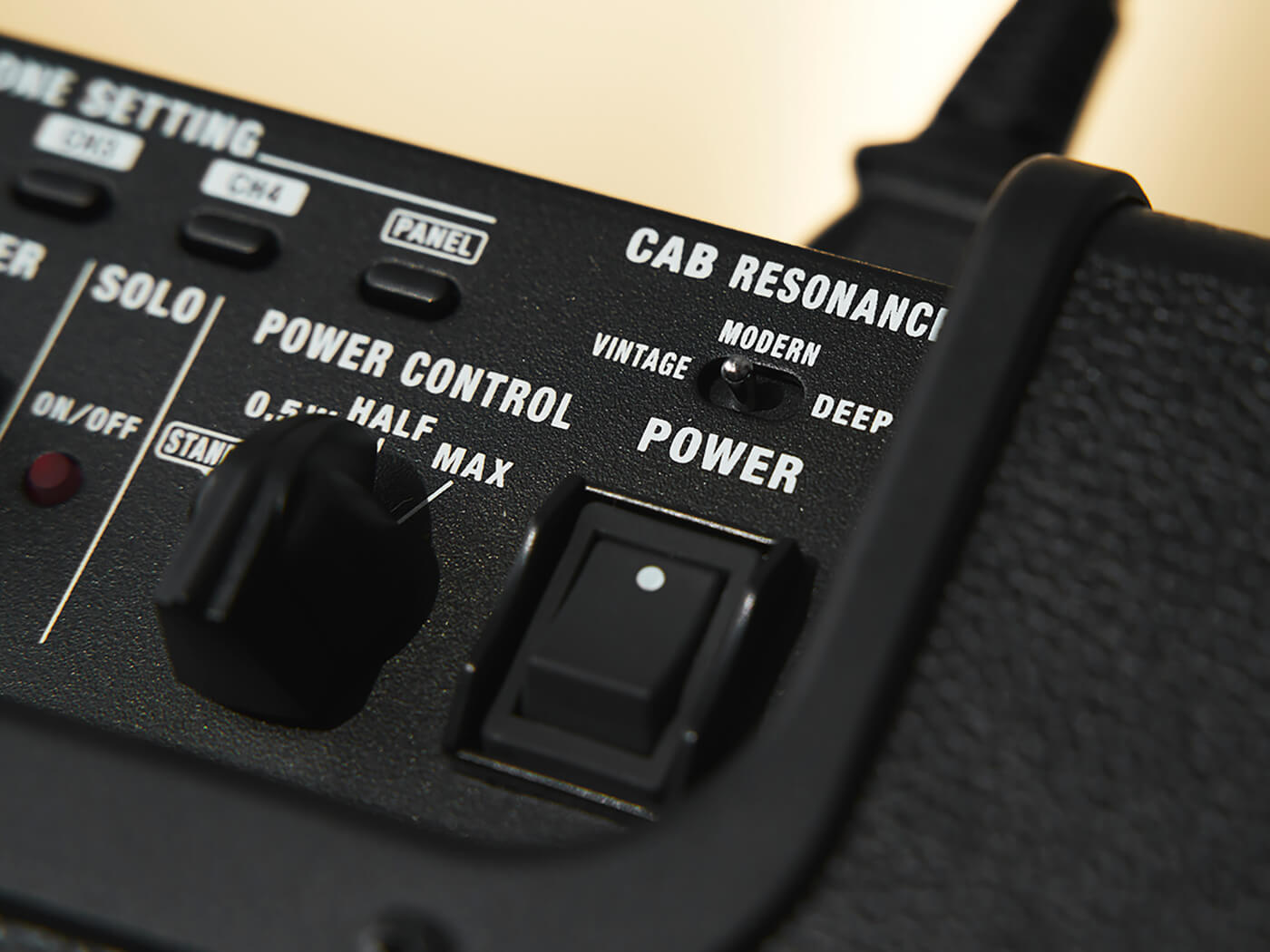
Back to basics
The Katana isn’t all about tone-chasing minutiae – this is, after all, a 100-watt amp. How is it in a more immediate setting, without all that virtual knob twiddling? Well, it’s of course more than loud enough for live use – and the combo’s generous back port means it generally fills a room rather than beams the sound in one direction – a good thing for amps that’ll be pulling a lot of weight in practice spaces and pubs-and-clubs live settings. There’s always the 2×12 combo for extra oomph, although if my experience with MkI and II’s 50-watter models is anything to go by, you likely won’t even need the full 100 watts to keep up with a drummer.
Footswitch control with the extra GA-FC and GA-FC EX is essentially unchanged since MkII – you can select presets, engage a bump in the master volume for solos or turn individual effects blocks on and off. I do want to reiterate that for such an ostensibly radical upgrade of the line as a whole, it’s more than a little strange to not include the full footswitch capability on the base 50-watt model. Instead, with the standard 50, you’re limited to just switching channels and engaging the solo boost with a normal TRS footswitch. So as it stands, the 50-EX or the 100-watters are your best option if you want to use the Katana’s fullest breadth of sounds in a live setting, without a pedalboard of your own.

Who is the Katana Gen 3 for?
As you might have noticed, I’m a little sceptical of Boss’ claims about Generation 3 being a complete overhaul to the point that it requires new nomenclature – ultimately, these are very similar-looking and similar-behaving amplifiers. The polish that’s been applied to the amp models is noticeable, and that Pushed mode is undeniably killer. But if you’d just recently purchased a MkII Katana when Gen 3 was announced, I wouldn’t worry – the changes are still mostly incremental.
Realistically, Gen 3 is just Boss bringing the amps up to date with what their competition can offer in 2024. Not only are there now plenty of Katana-styled digital amps, we’ve also had huge developments in what multi-effects units can offer, and more recently, there’s a whole new style of viable digital amps thanks to compact, phone-forward products like Positive Grid’s Spark range.
Boss’ answers to these shots across the bows have been partly successful. The new amp models do indeed sound great, and in terms of bang-for-your buck, you get a wide effects library and a hundred quid’s change or so from what you could spend on a speakerless multi-effects unit. It’s smart for Boss to play on the Katana’s strength as a ‘real’ amp – why buy a digital practice amp for home use and then have to buy a second, more powerful amp for live use, when the Katana is both?
But in other ways, Boss hasn’t quite hit the mark – when so many modern digital amps are almost totally smartphone-driven, it’s strange to limit phone control to those who also purchase a $60 Bluetooth dongle. Also, Boss, you’ve gone to the trouble of updating it to USB-C and developing a new official mobile app! Why not let us connect a smartphone with a wired connection? (It’s because you’ve got lots of Bluetooth dongles you need to get rid of, isn’t it?)
The score on this review is ultimately still an eight – I can’t really give less to an amp that offers so many good sounds, so much flexibility and so much power for such a good price. But the subtractive difference between Gen 3 and MkII is worth examining – rather than the massive leap Boss’ marketing might suggest, Gen 3 is more of a step forward – in the right direction, yes, but just a step nonetheless.
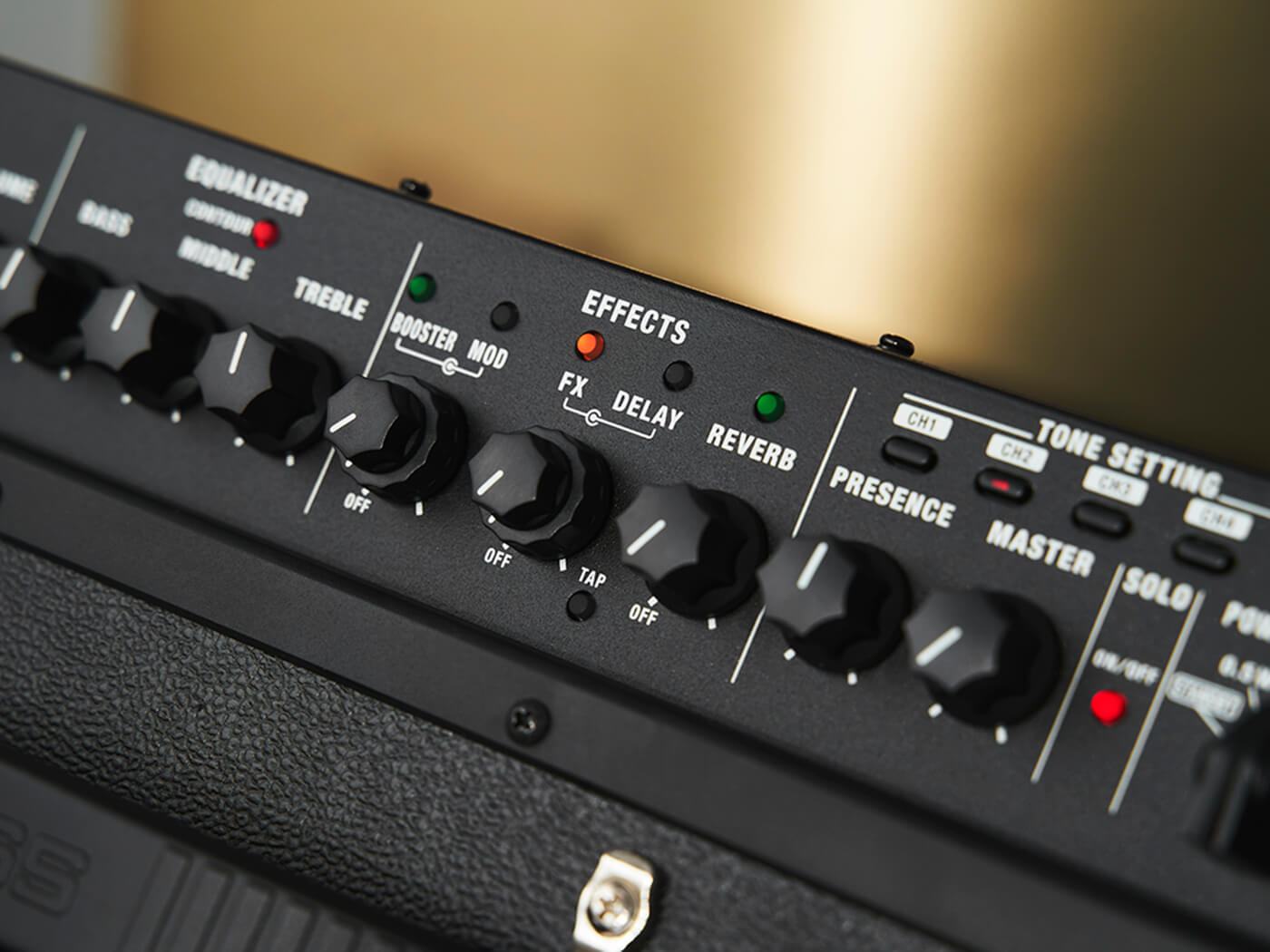
Boss Katana Gen 3 alternatives
What a good alternative to the boss Katana is depends on what you want out of a digital amp. If you just need an affordable practice amplifier and aren’t fussed about playing live, then the Positive Grid Spark range (from $/£129) is affordable, has a great app and good sounds, and is easier to keep on a shelf or coffee table. If you want a similar level of actual power to the Katana, you can look at the upper ranges of Blackstar’s ID:Core V4 range (the latest introduction to which has integrated Bluetooth, by the way…), or the Line 6 Catalyst range, or even the Fender GTX Modelling combo, although keep in mind that the Fender option has a pretty high price-to-power ratio compared to the alternatives.
